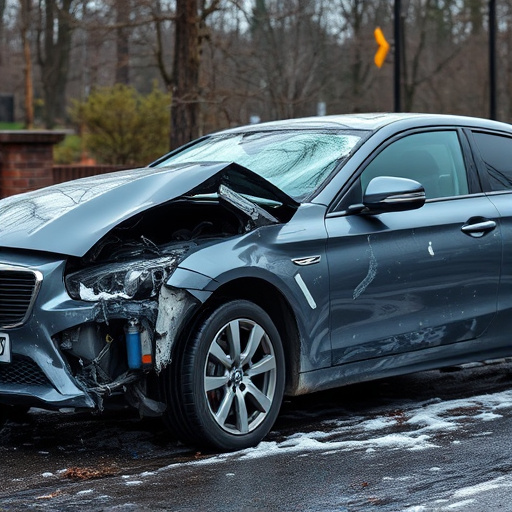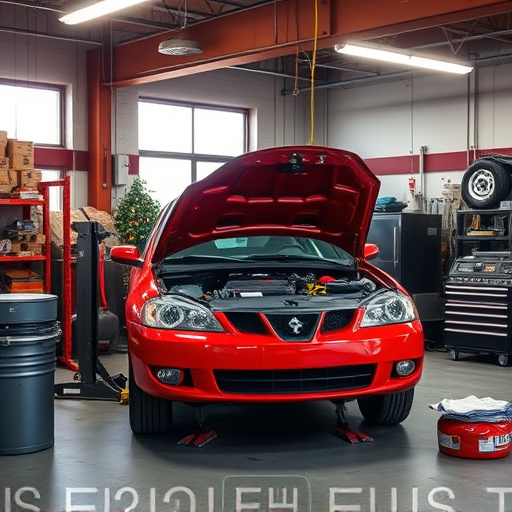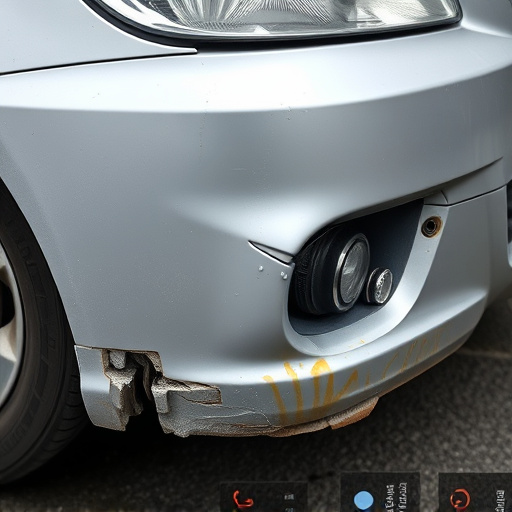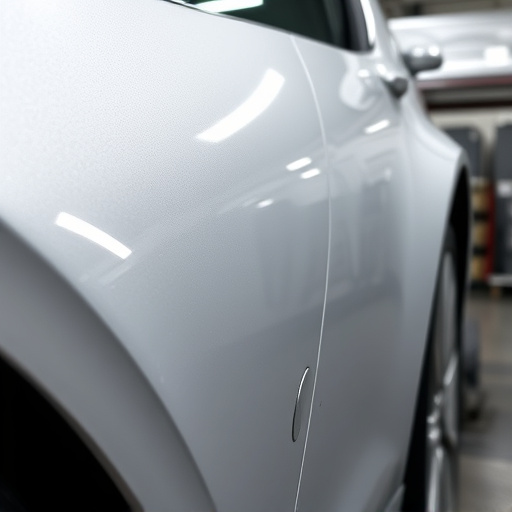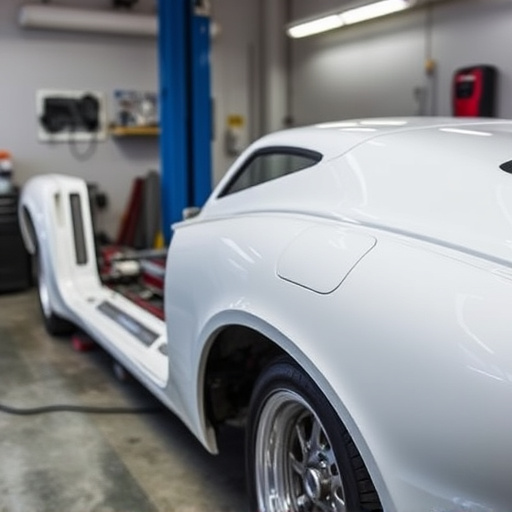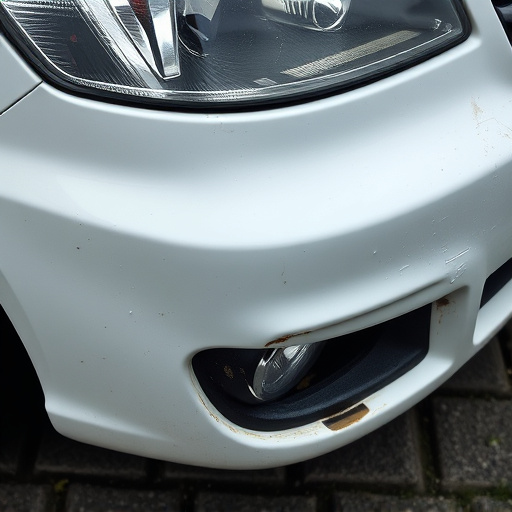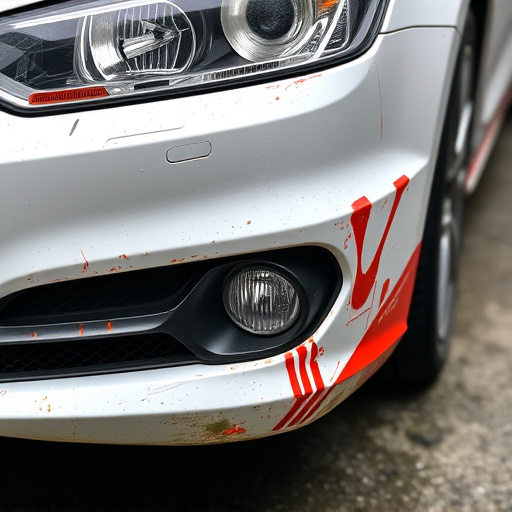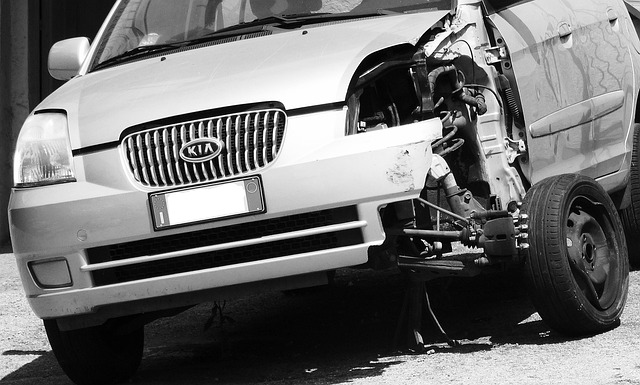Mercedes OEM windshield labeling standards detail part numbers, dimensions, and safety features for accurate replacement, ensuring vehicle safety and quality. Deciphering these labels is crucial for auto enthusiasts and body shops to select correct windshields for precise installations, avoiding common mistakes like incorrect fitment due to misinterpreted part numbers. Skilled technicians from reputable shops ensure safe, seamless windshield replacements.
Discover the ins and outs of Mercedes OEM windshield labeling and part numbering with our comprehensive guide. Understanding these standards is crucial for accurate identification, secure installation, and ensuring your vehicle’s safety. We break down the intricate labels and part numbers, providing a step-by-step guide to deciphering them. Additionally, learn about common mistakes to avoid during installation to guarantee a seamless, reliable fit.
- Understanding Mercedes OEM Windshield Labeling Standards
- Deciphering Part Numbers: A Step-by-Step Guide
- Common Mistakes to Avoid During Installation
Understanding Mercedes OEM Windshield Labeling Standards

Mercedes OEM windshield labeling standards are designed to provide clear, concise, and standardized information about the windshield’s specifications and compatibility. These labels serve as a crucial guide for both original equipment manufacturers (OEMs) and car collision repair shops, ensuring that replacement windshields meet the exacting standards of Mercedes-Benz vehicles. The labels typically include essential details such as the part number, size, shape, and safety features, allowing for precise identification and selection during automotive restoration or autobody repairs.
Understanding these labeling standards is vital for professionals in the automotive industry. By deciphering the information on the windshield labels, they can accurately match the replacement part to the specific Mercedes OEM model, ensuring a seamless fit and maintaining the vehicle’s safety integrity. This meticulous process plays a significant role in upholding the high-quality standards associated with Mercedes-Benz vehicles, even during repairs or replacements.
Deciphering Part Numbers: A Step-by-Step Guide

Understanding Mercedes OEM windshield part numbers can seem daunting at first, but with a step-by-step approach, it becomes a manageable task for any auto enthusiast or professional body shop services provider. Let’s break down how to decipher these complex codes.
Begin by examining the label on your Mercedes OEM windshield. The part number is usually located in a specific area and may include various letters and digits. These numbers are not just random; they hold valuable information about the windshield’s specifications, compatibility, and manufacturing details. First, identify the manufacturer code, which often corresponds to the model year and region of production. Then, focus on the sequential numbers that follow. Each digit or combination of digits represents specific attributes like size, shape, tinting, and even the glass type (laminated vs. tempered). For instance, a longer part number typically indicates advanced features like anti-glare coating or dynamic wiper integration. By understanding this structure, you can accurately identify the correct replacement windshield for any classic car restoration project or when conducting auto painting tasks that require precise glass components.
Common Mistakes to Avoid During Installation

When installing a Mercedes OEM windshield, it’s crucial to avoid several common mistakes that can compromise the structural integrity and safety of your vehicle. One of the most frequent errors is misinterpreting or ignoring the part number guide provided by the manufacturer. Using a label as a sole reference for compatibility might result in an incorrect fitment, leading to potential safety hazards during driving. Always cross-reference the part number with your vehicle’s make, model, and year for guaranteed precision.
Another blunder often made during installation is rushing the process or attempting DIY repairs without proper training in collision repair services. Improper sealing or misalignment can create air pockets that negatively affect windshield clarity and structural strength. Skilled technicians from reputable vehicle body repair shops understand the intricacies of Mercedes OEM windshields, ensuring a seamless fit and enhancing the overall safety of your vehicle.
The guide on Mercedes OEM windshield labeling and part numbers equips car owners and mechanics with the knowledge to navigate the complex system of identification. By understanding the standards, deciphering part numbers, and avoiding common installation mistakes, you can ensure the perfect fit and quality of your Mercedes OEM windshield. This knowledge is vital for maintaining the safety and original look of your vehicle.



